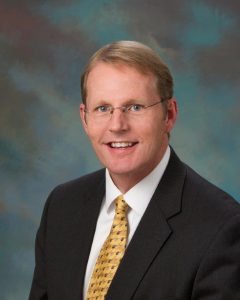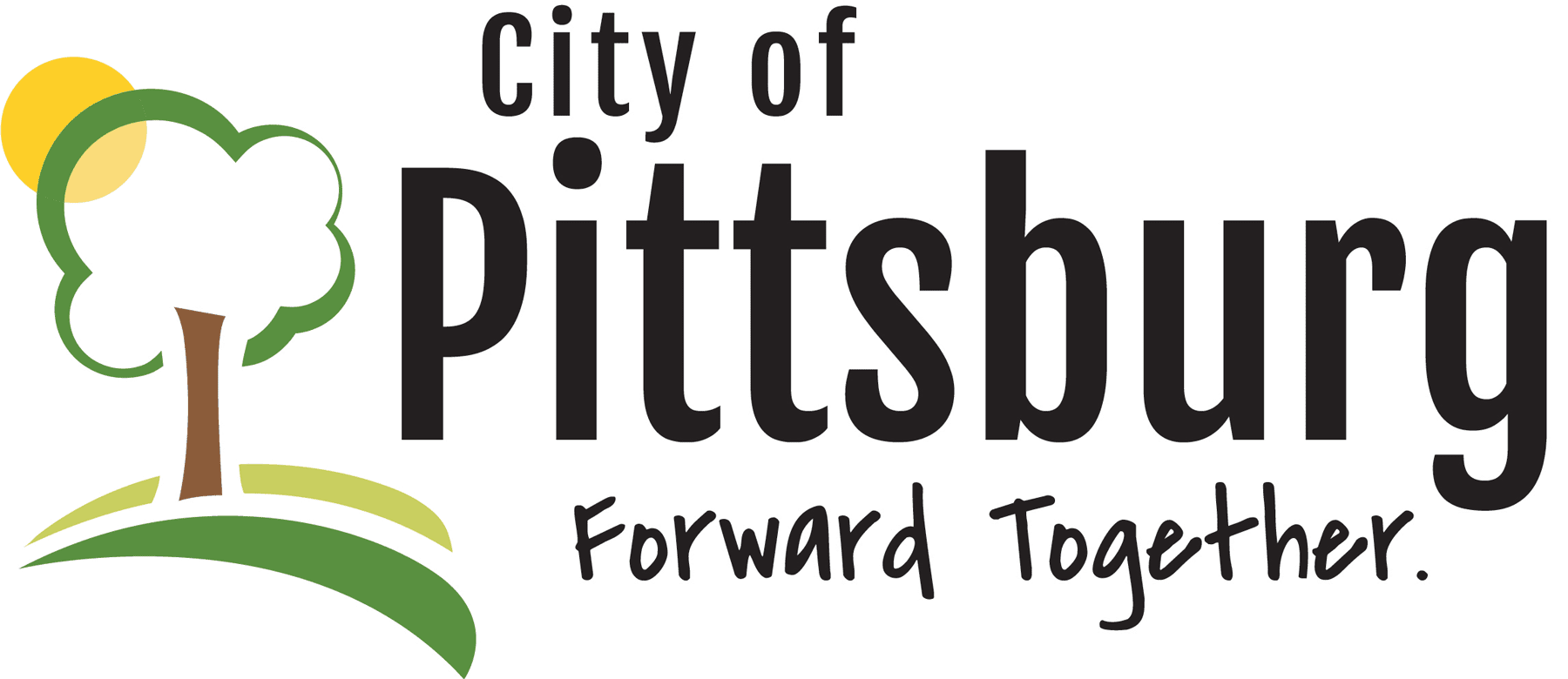Public Safety: A Coordinated Effort | by Daron Hall
City Manager's Blog
January 23, 2018

The Concern
Sometimes solutions to our problems can only be found by working together. As political and financial considerations arise, identifying win-win solutions becomes increasingly difficult. Such is the case with the life-safety issues on 4th Street, west of Free Kings Highway in Pittsburg. Pittsburg High School is located here and last semester a student was struck by a vehicle.
The School District and the City of Pittsburg are thankful that the student was not critically injured. However, it brought heightened attention to a problem we were already working on. How do we increase the safety in the area, knowing a large number of the drivers are young and inexperienced; the traffic volume swells twice a day during school drop-off and pick-up; and ten buses need to access 4th Street during these periods of peak demand, which also happens to be a state highway?
A request to the Kansas Department of Transportation (KDOT) by the City and USD 250 produced traffic studies which outlined the recommendations of the Topeka office of KDOT, and subsequently the local offices of KDOT. While consistent with the rules which govern best practices for traffic control, the recommendations were problematic because of the physical characteristics of the high school. One recommendation included the implementation of a school speed zone, which is an often used tool. However, the bus route on school property makes it difficult for the buses to return to 4th Street and re-enter traffic without a break in the traffic flow. Simply slowing the speed does not allow the buses the break needed to pull into traffic. They need a solution which will stop traffic long enough to allow the buses time to gain entry.
Putting our heads together
After meetings between the City and USD 250, school superintendent Destry Brown recommended a solution which would change the access to the parking lot east of the high school, and allow a safer traffic pattern for vehicles entering school property and re-entering 4th Street. The cost would be covered by the district, with help from the county. It seemed like a win-win for everyone. Local kids would be safer and KDOT wouldn’t have to pay for the improvement. The only thing needed to make it happen would be a traffic signal at 4th Street and Free Kings Highway, paid for by the City of Pittsburg and USD 250. This signal would control the traffic flow, providing the necessary break in traffic for the buses to re-enter 4th Street.
Not so fast…
KDOT adheres to the Manual of Uniform Traffic Control Devices (MUTCD) for rules governing traffic control. Since 4th Street is a state highway, USD 250 and the City of Pittsburg would need the permission of KDOT to install the signal. One of eight “warrants” would need to be met to approve a signal. A warrant is basically a guideline to permit a traffic signal. After studying the situation KDOT traffic engineers explained that the intersection failed to meet even one warrant and as a result, KDOT denied our request to install the traffic signal.
Back to the Drawing Board
The City and USD 250 questioned the decision, but due to concerns over future litigation, KDOT would not approve the signal. The City and school district continued to search for a timely, affordable and permanent solution that would make the highway safer – and comply with KDOT.
After reading about local dissatisfaction with the decision, State Representative Monica Murnan intervened. She called Superintendent Brown and me, then hosted a conference call with KDOT’s Transportation Safety & Technology Bureau Chief Brian Gower, and Legislative Liaison Josh Powell.
That phone call led to another meeting with Wayne Gudmonson, KDOT District 4 engineer, the school district and the City. We revisited the merits of both a roundabout and a traffic signal. The roundabout concept was again dismissed because of the time frame (two-year minimum) and cost ($3 million). Superintendent Brown restated the challenge the buses face with entering traffic, and eventually the conversation started to stall – again. However, KDOT then introduced some new information to put us back on track towards a solution.
First, district engineer Gudmonson explained that the roundabout could qualify for federal highway funds since it was mentioned as a possible solution in the KDOT traffic study. This will allow the City to apply for the funds, while not jeopardizing other planned KDOT projects, like the overpass on 4th Street and improvements to the bypass. In addition, Gudmonson said KDOT will approve a four-way stop at 4th Street and Free Kings Highway. Although it would not be a traffic signal, the stop signs can be easily installed and will allow for implementation of Superintendent Brown’s plan which allows the buses adequate access to 4th Street.
The Solution
In the end, we agreed that a four-step approach would give us the best chance to correct the safety issues both in the short and long term. Initially, the City and KDOT will establish a school speed zone. Simultaneously, KDOT will assist the City with their application for Highway Improvement Safety Program dollars for a roundabout at 4th Street and Free Kings Highway. Next, Superintendent Brown will work to design and construct the improvements to the high school property to allow for improved student pick up and drop off. Finally, when the USD 250 improvements are complete, the State will change the intersection at 4th Street and Free Kings Highway to a four-way stop.
While this project does not involve uncommon problems, the specifics of the bus routes and proximity to the high school make it unique to Pittsburg. Therefore we needed a unique solution to provide a safer environment for our kids. The ultimate solution required everyone’s participation. And the actions of those involved made it possible.
The willingness of our State Representative Monica Murnan to intervene on behalf of her community; the resolve of Superintendent Destry Brown to keep pushing for the appropriate solution; the willingness of KDOT in Topeka and at the district level to identify possible solutions; and the patience of our community helped us to find the best, safest answer that we can afford.
Stories like ours are not common in Kansas. People with opposing views and limited resources working together toward a common goal is no longer the norm. This process has been frustrating, confounding and disheartening a times. The State is under pressure both financially and politically, the school district has its own challenges, KDOT shares in the financial and political issues at the state level, and the City is always cognizant of the potential negative outfall from asking a politician to intervene in a state agency’s business. But it worked. People minded their manners, remembered that “no” is a temporary state of mind, and recognized that the safety of our children requires us to never quit working to find a way to say, “yes, we can.”





